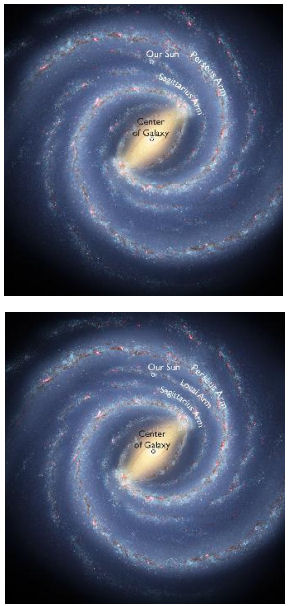
Earth resides between two major spiral arms of the Milky Way galaxy in what was thought to be a smaller spur structure called the Local Arm. Now, however, new observations indicate that our Local Arm is in fact much more like the adjacent major arms.
“Our new evidence suggests that the Local Arm should appear as a prominent feature of the Milky Way,” said Alberto Sanna, of the Max-Planck Institute for Radio Astronomy. Sanna and his colleagues presented their findings to the American Astronomical Society’s recent meeting in Indianapolis, Indiana. At right, the top image shows the structure that was previously thought to exist, and the bottom image how our galactic neighborhood is now envisioned.
Because we reside inside it, determining the structure of our own volume of space has been a longstanding problem for astronomers. In order to map the Milky Way, scientists need to accurately measure the distances to objects within the galaxy. Measuring cosmic distances, however, also has been a difficult task, leading to large uncertainties. The result is that, while astronomers agree that our galaxy has a spiral structure, there are disagreements on how many arms it has and on their specific locations.
To help resolve this problem, researchers turned to the National Science Foundation’s Very Long Baseline Array (VLBA) and its ability to make the most accurate measurements of positions in the sky. The VLBA’s capabilities allowed the astronomers to use a technique that yields very accurate distance measurements through simple trigonometry.
By observing objects when Earth is on opposite sides of its orbit around the Sun, astronomers can measure the subtle shift in the object’s apparent position in the sky, compared to the background of more-distant objects. This effect is called parallax, and can be demonstrated by holding your finger close to your nose and alternately closing each eye. The VLBA’s ability to precisely measure very tiny shifts in apparent position allows scientists to use this trigonometric method to directly determine distances much farther from Earth than previously possible.
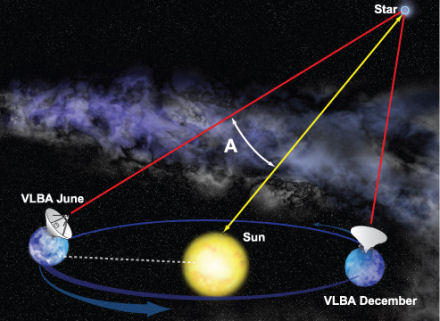
A striking result of these new calculations was an upgrade of the status of our Local Arm, which sits between the Sagittarius Arm and the Perseus Arm. “Based on both the distances and the space motions we measured, our Local Arm is not a spur. It is a major structure, maybe a branch of the Perseus Arm, or possibly an independent arm segment,” Sanna said.
The new observations are part of an ongoing project called the Bar and Spiral Structure Legacy (BeSSeL) survey, a major effort to map the Milky Way using the VLBA. The acronym honors Friedrich Wilhelm Bessel, the German astronomer who made the first accurate measurement of a star’s parallax in 1838.
Related:
Discuss this article in our forum
Earliest spiral galaxy “astounding”
Andromeda-Milky Way collision visualized
Milky Way has “billions” of habitable planets
First discovery of ET life will likely be around a white dwarf star, say astrophysicists


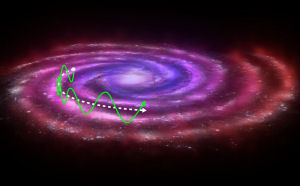
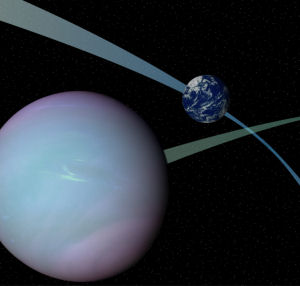
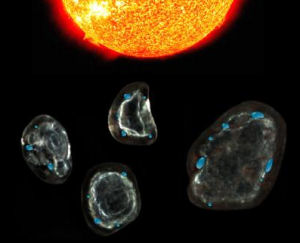
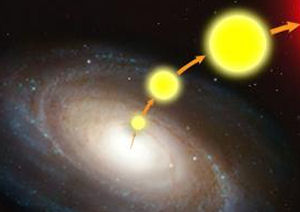
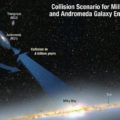

Comments are closed.